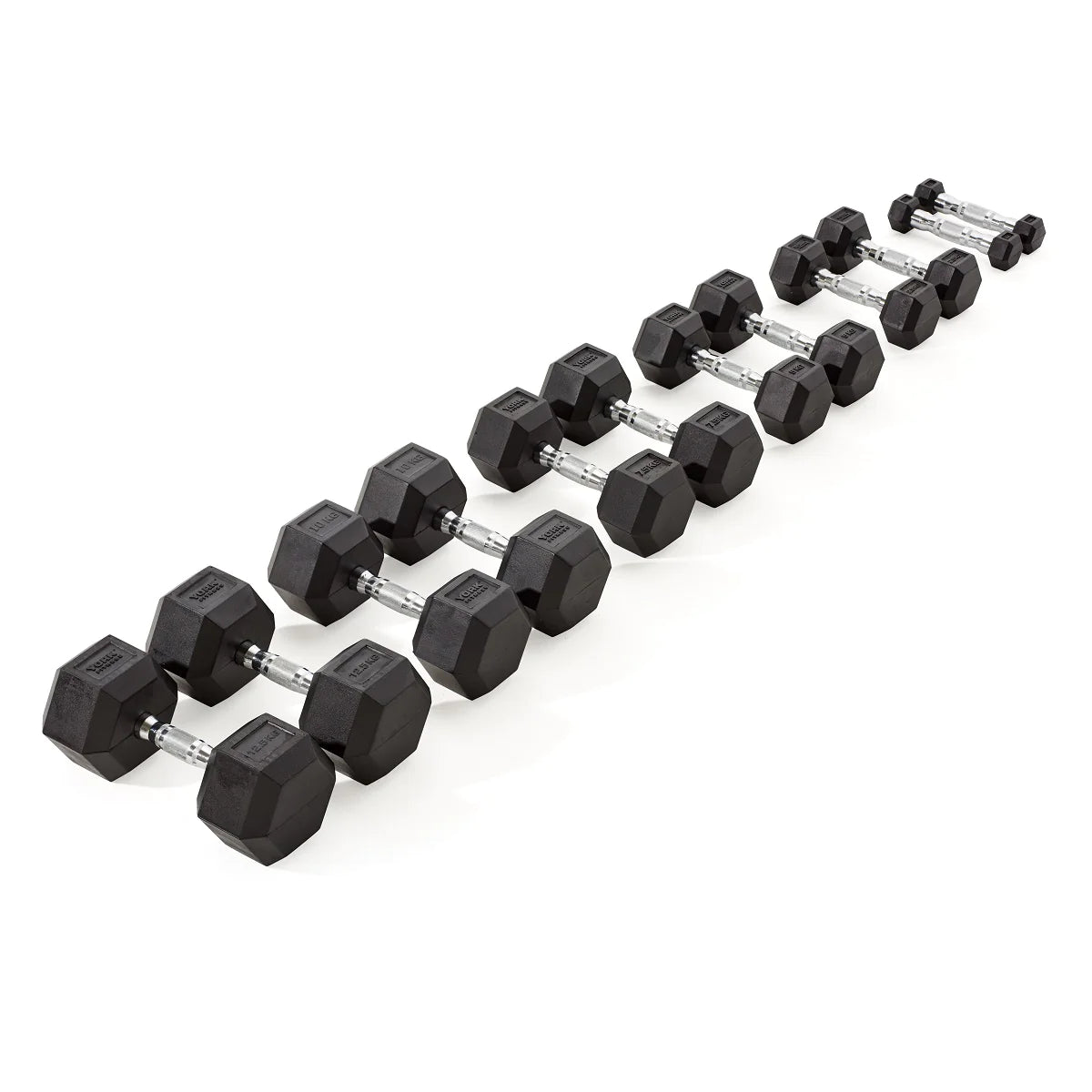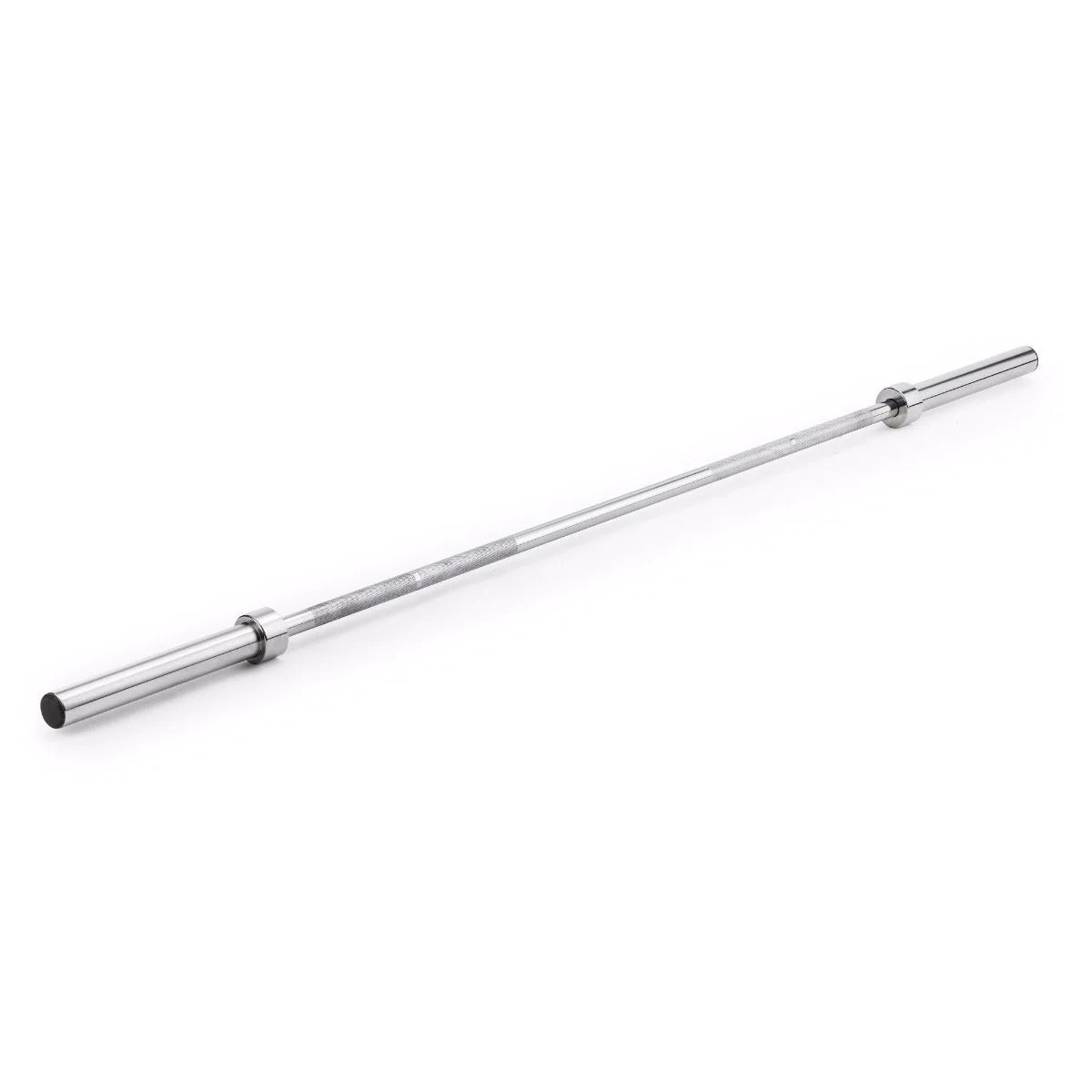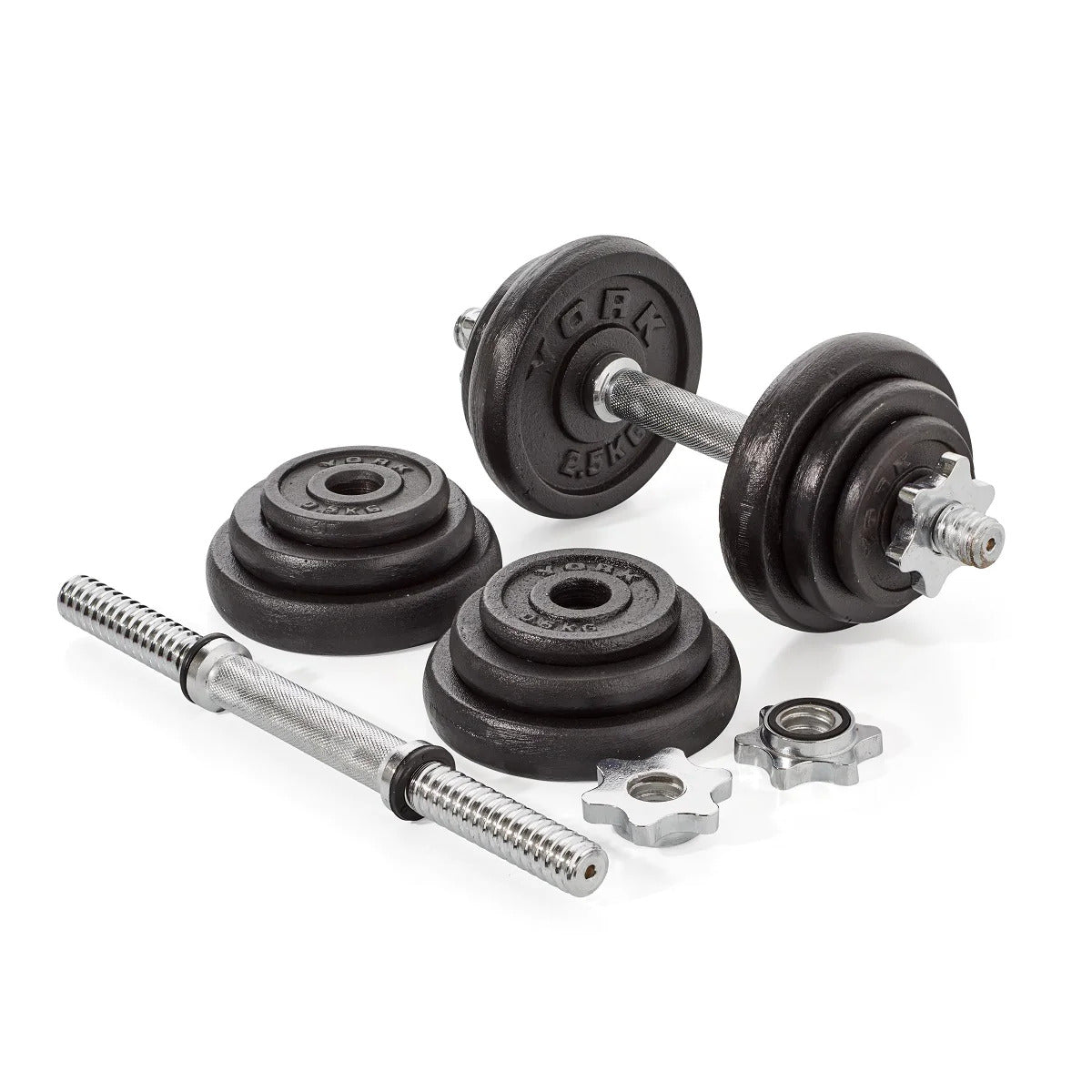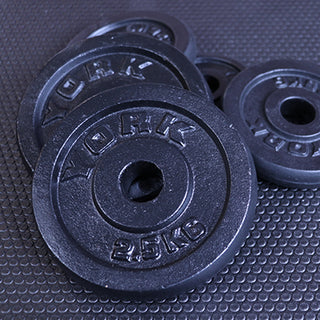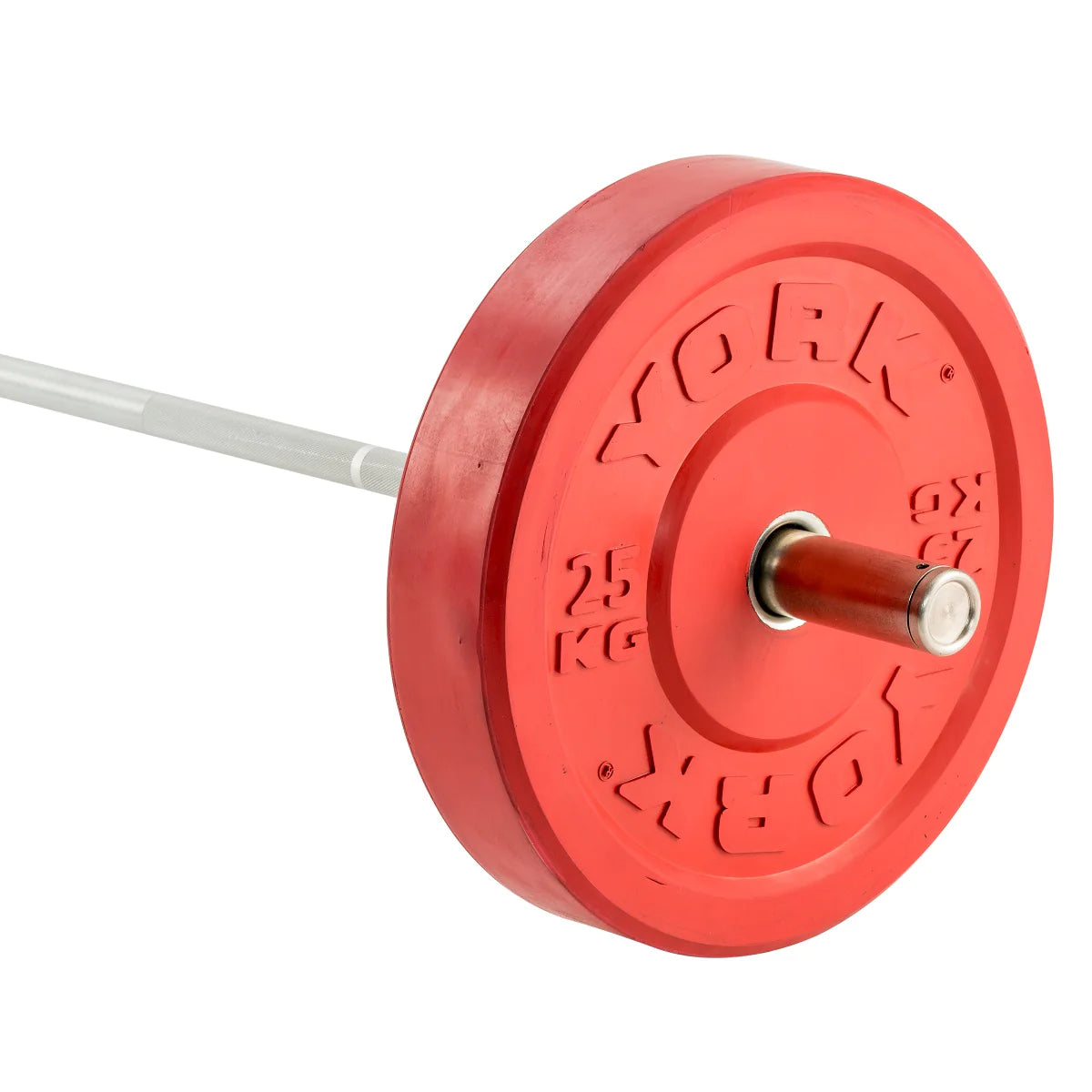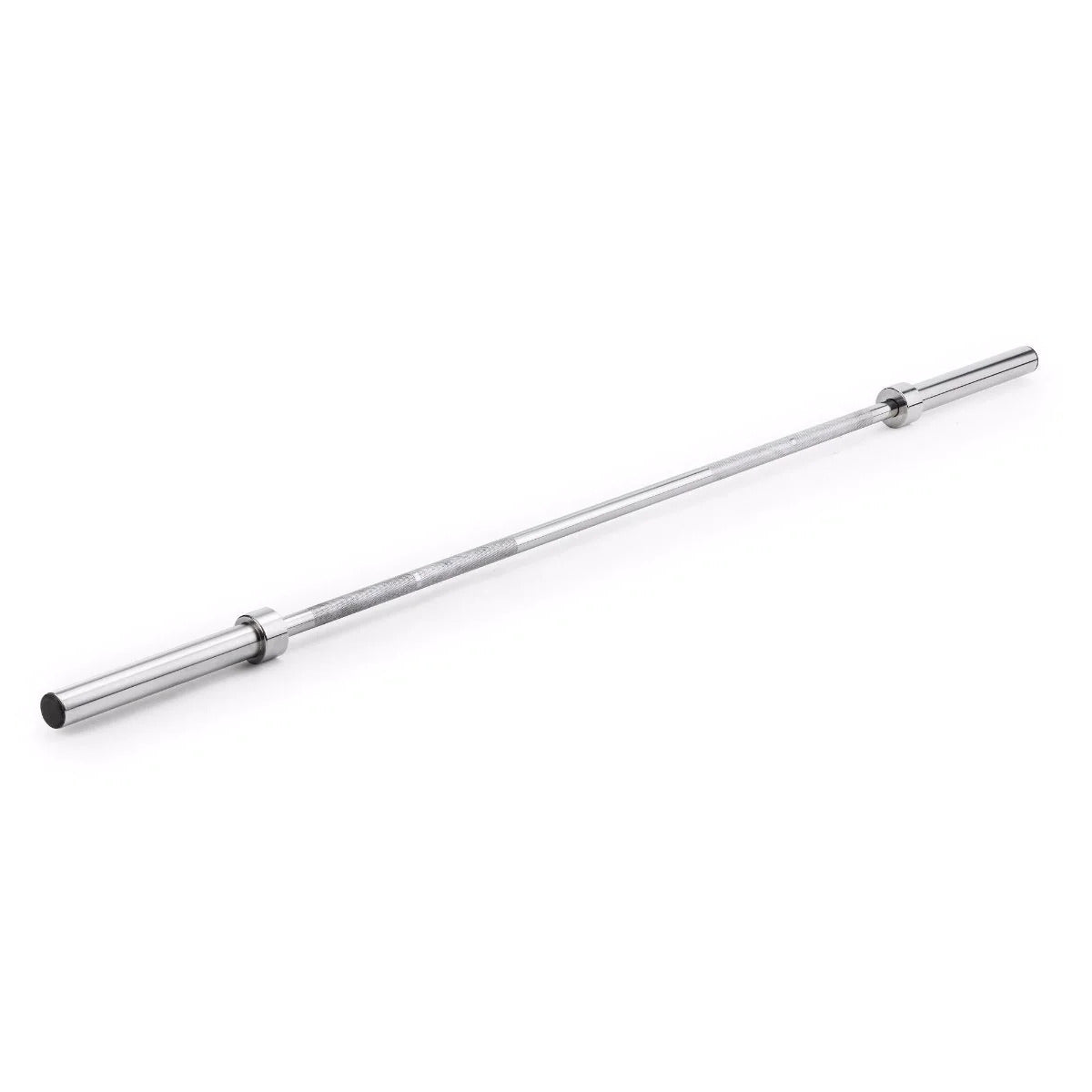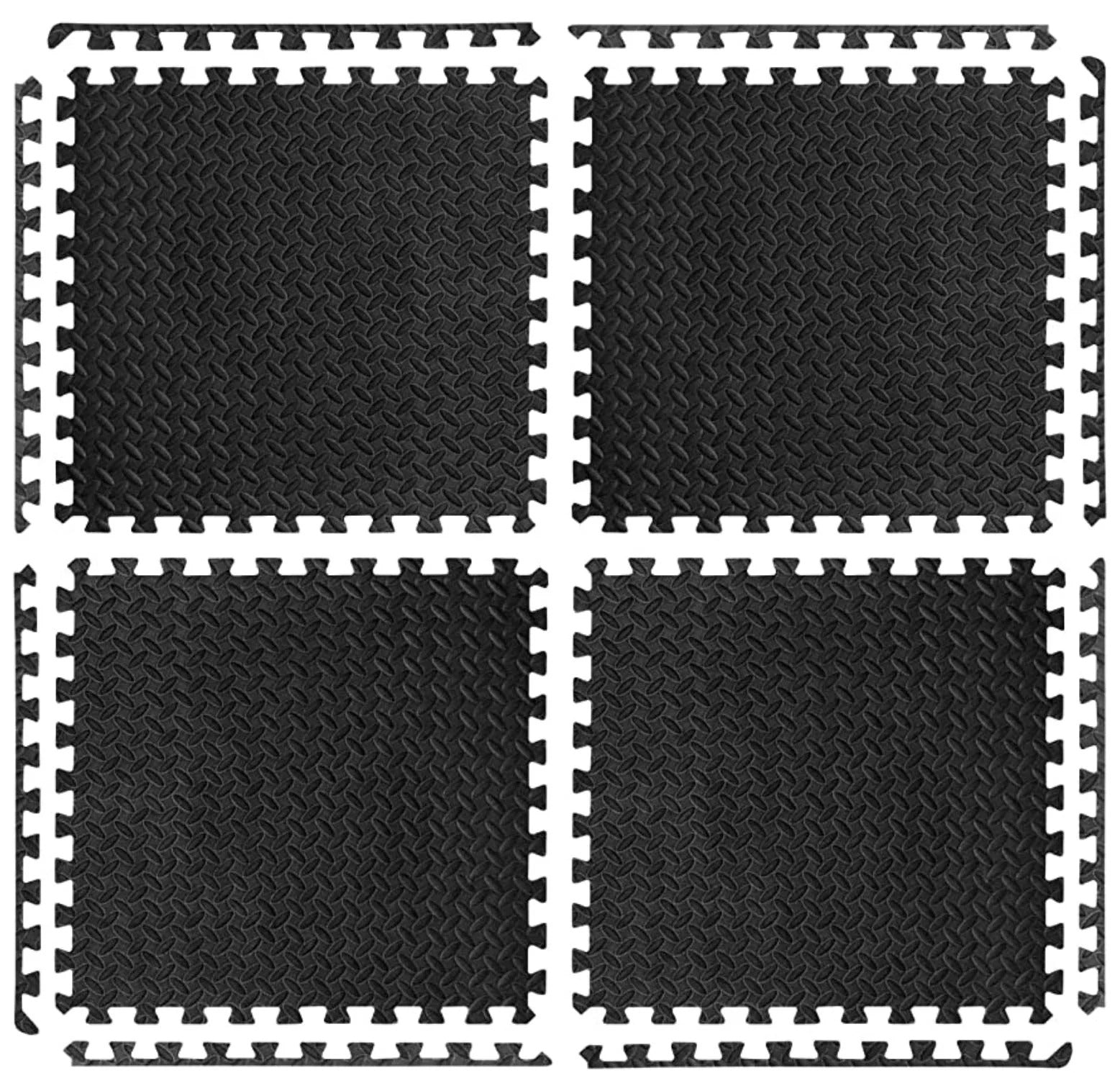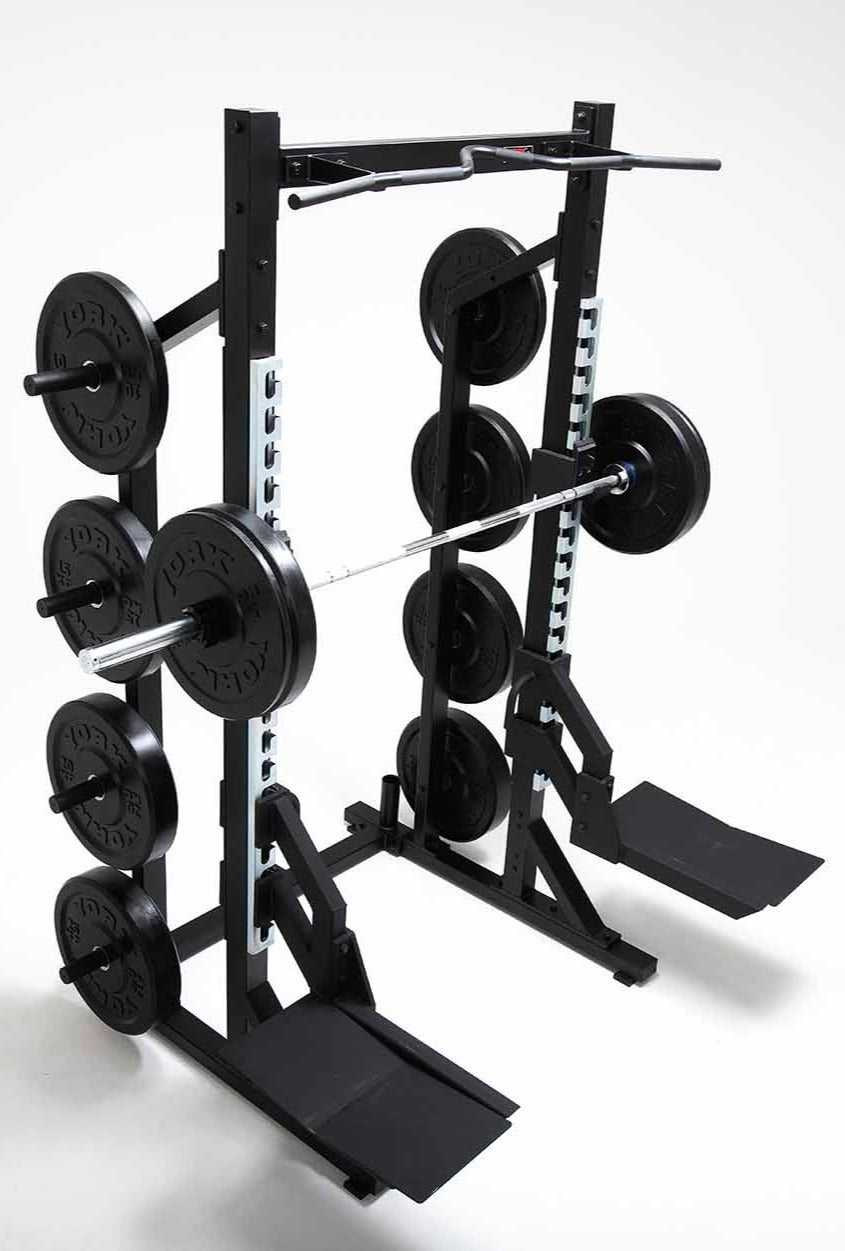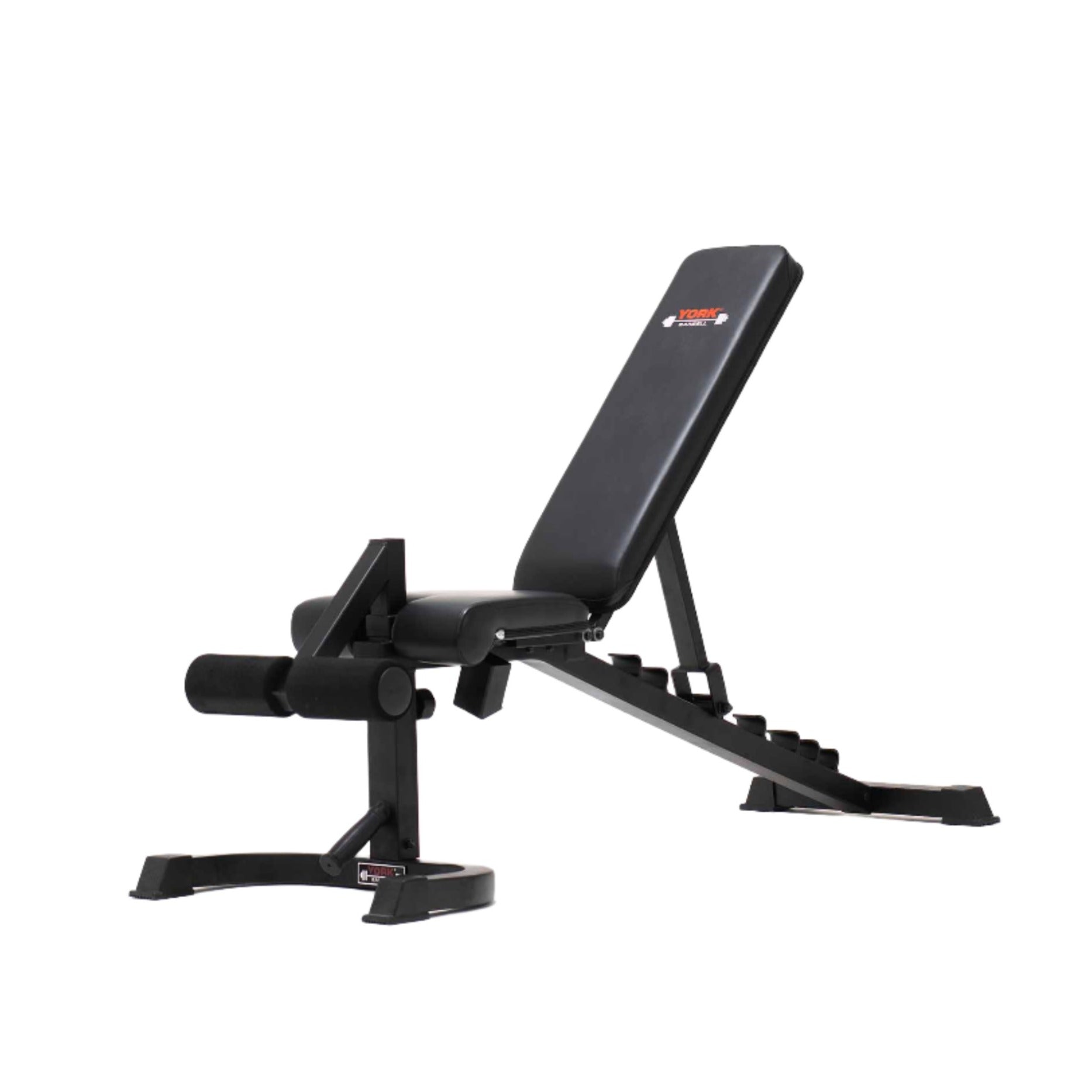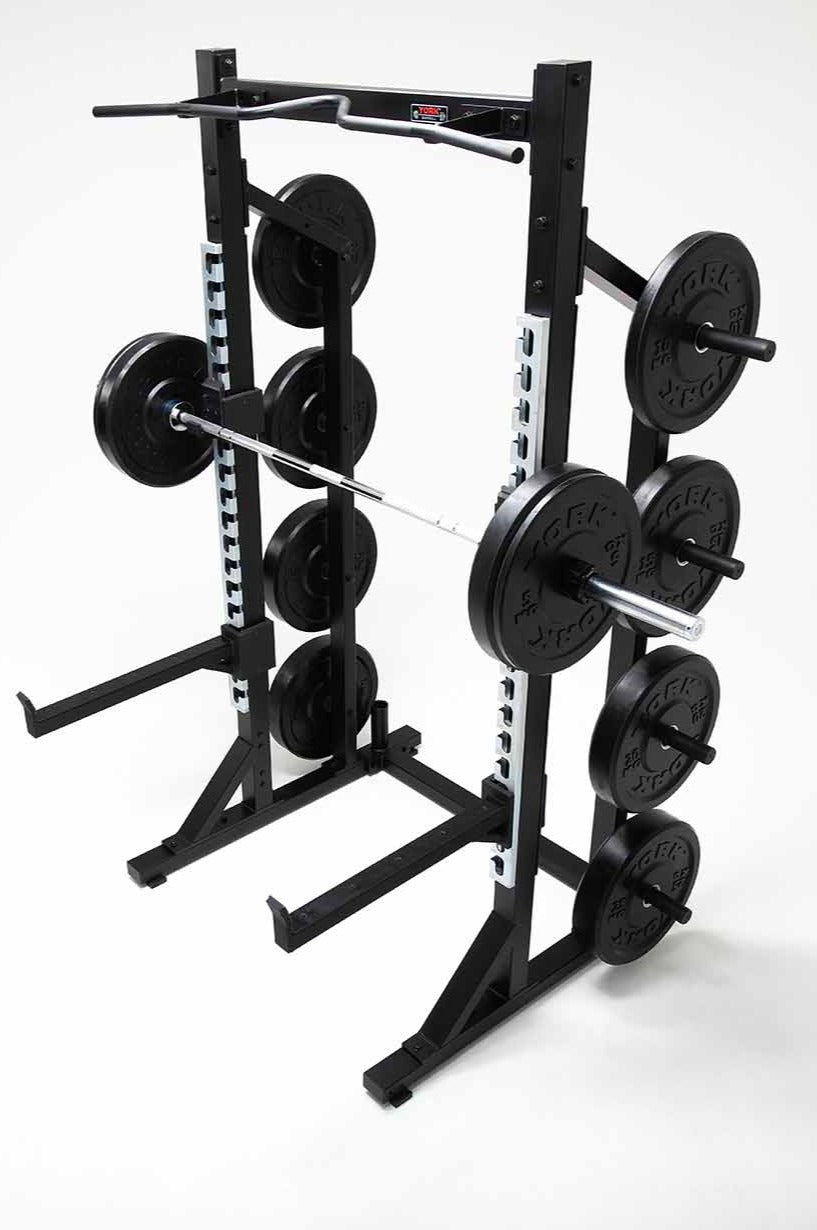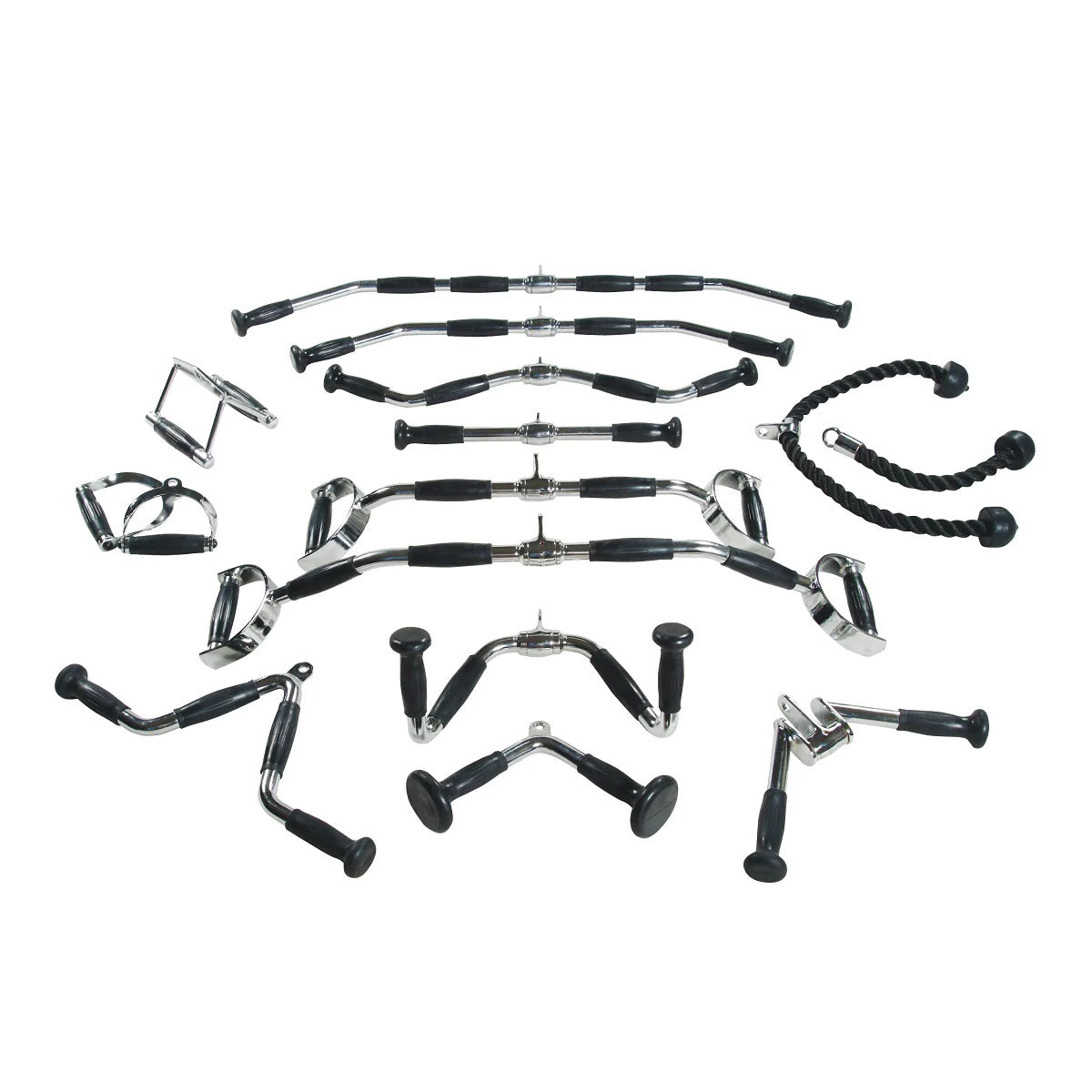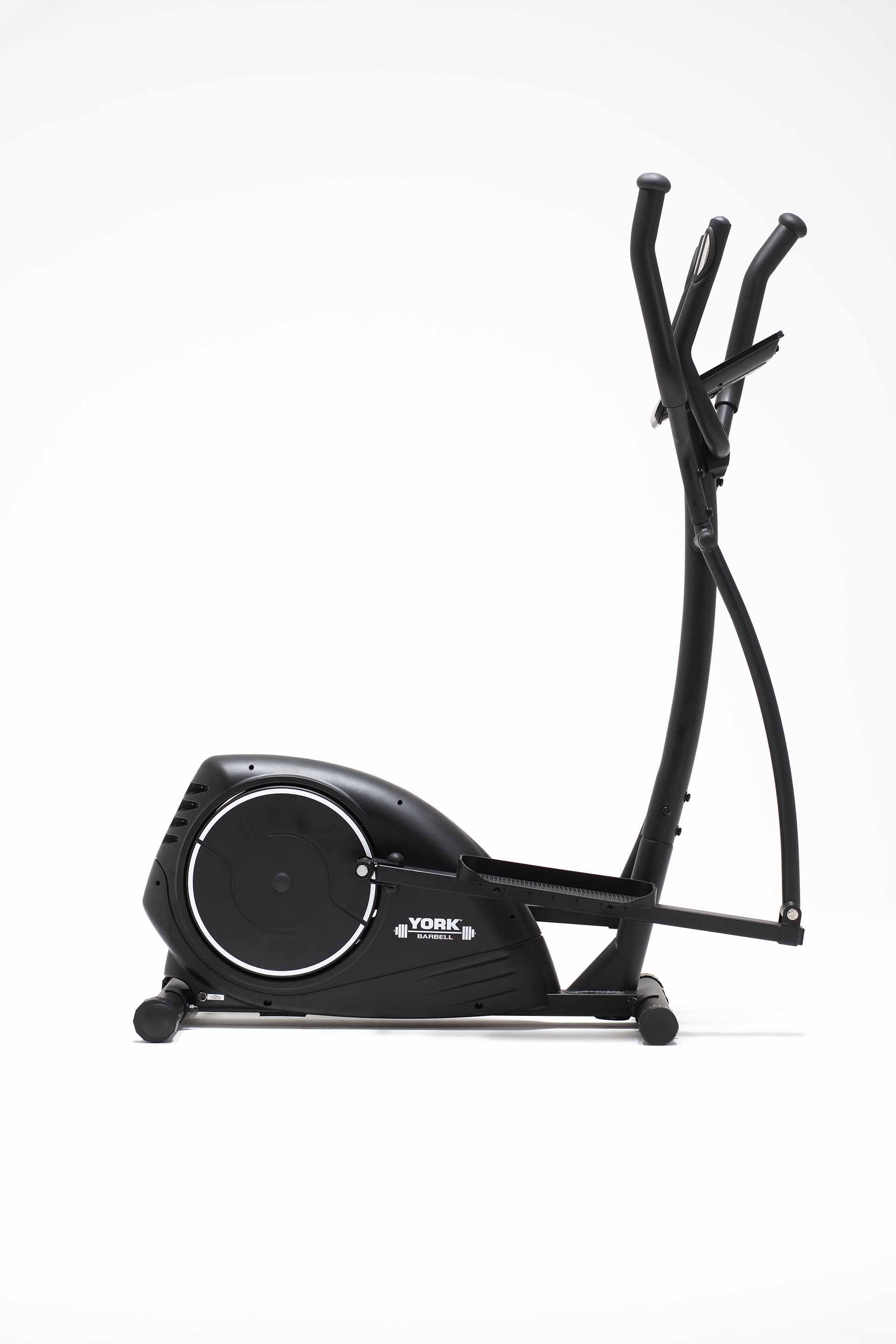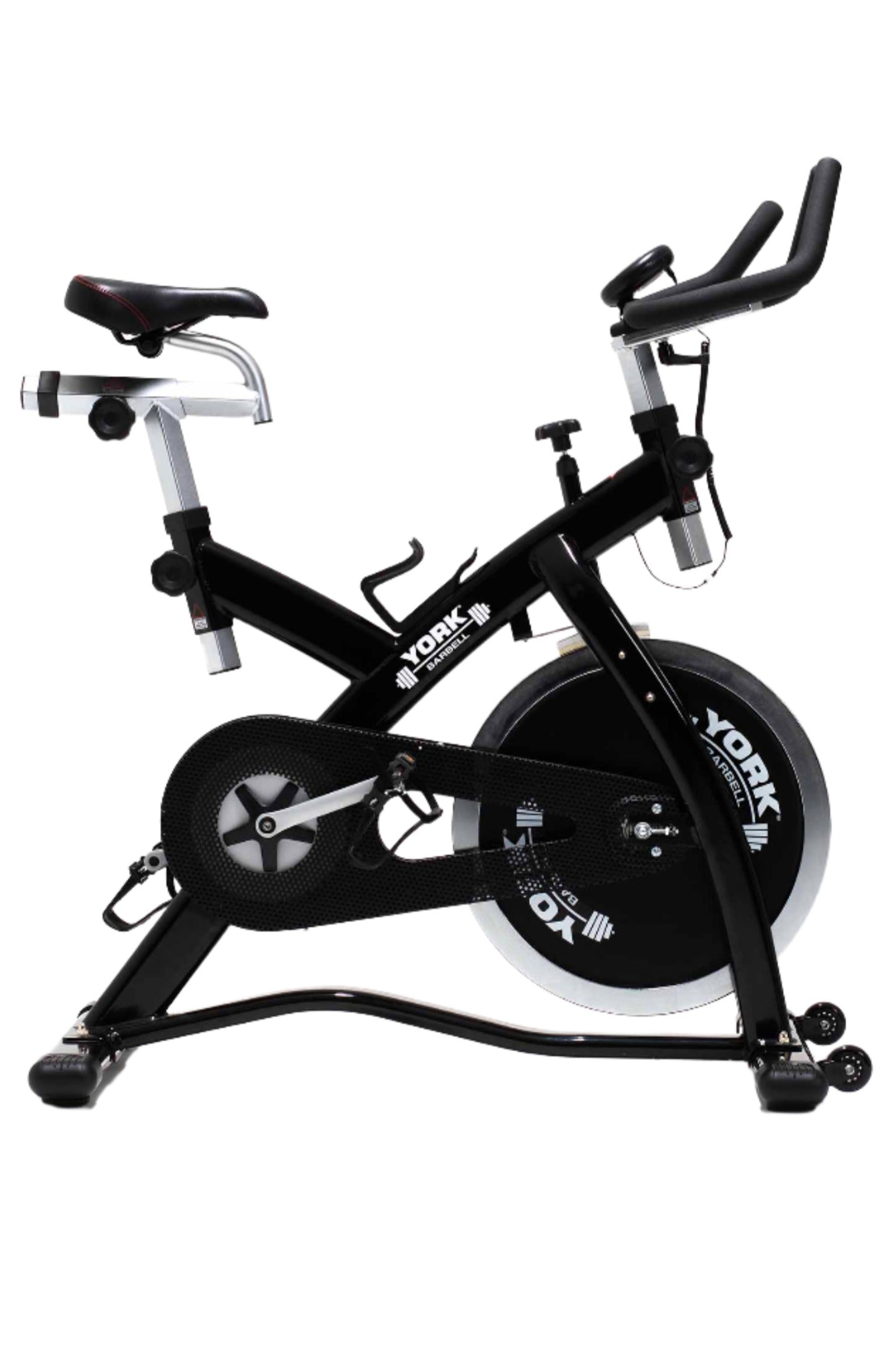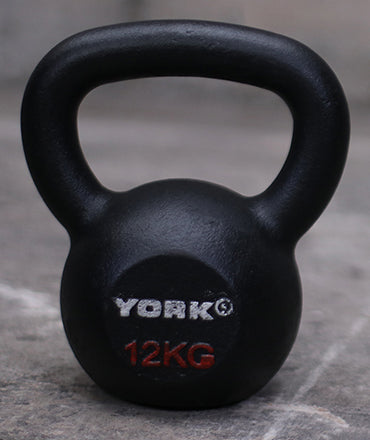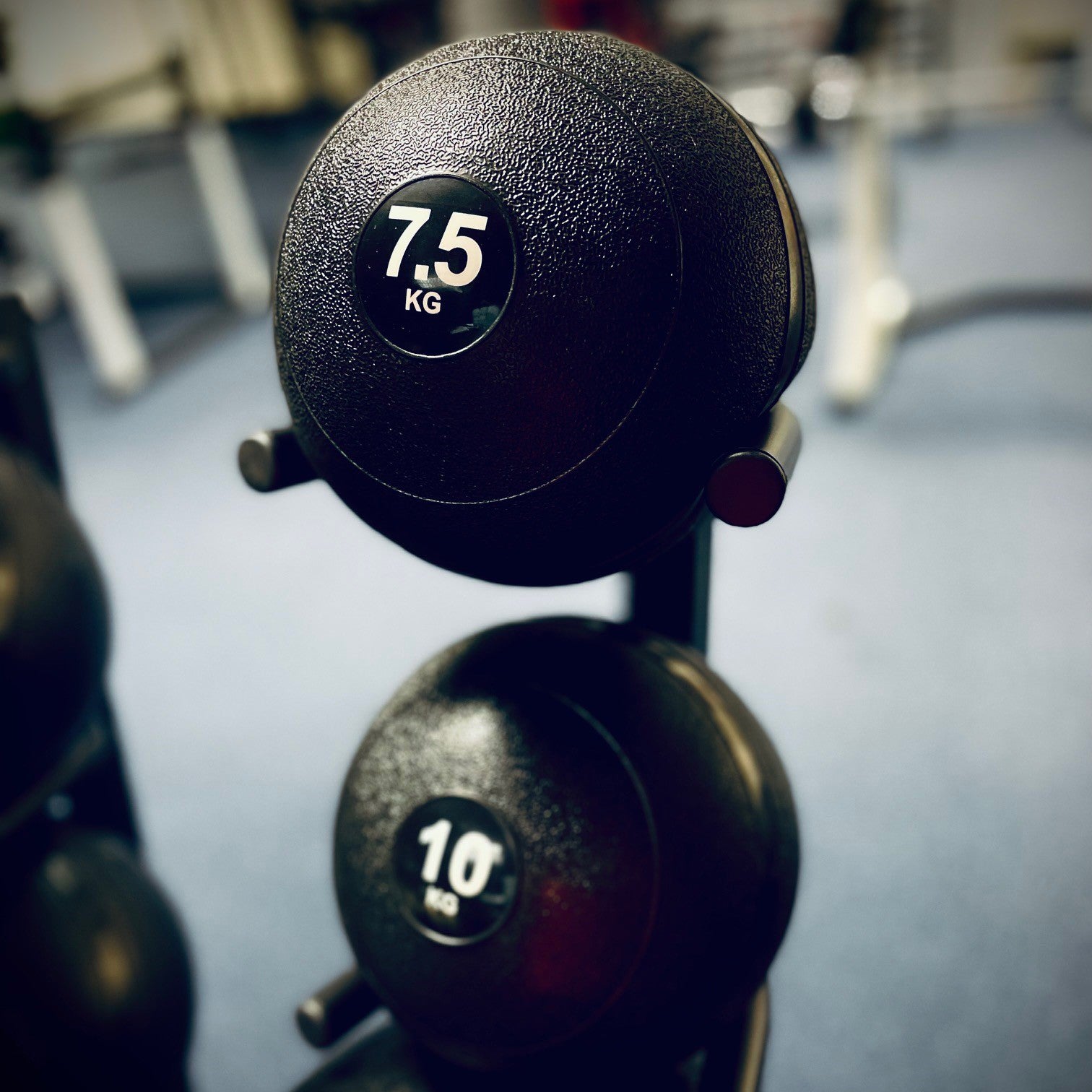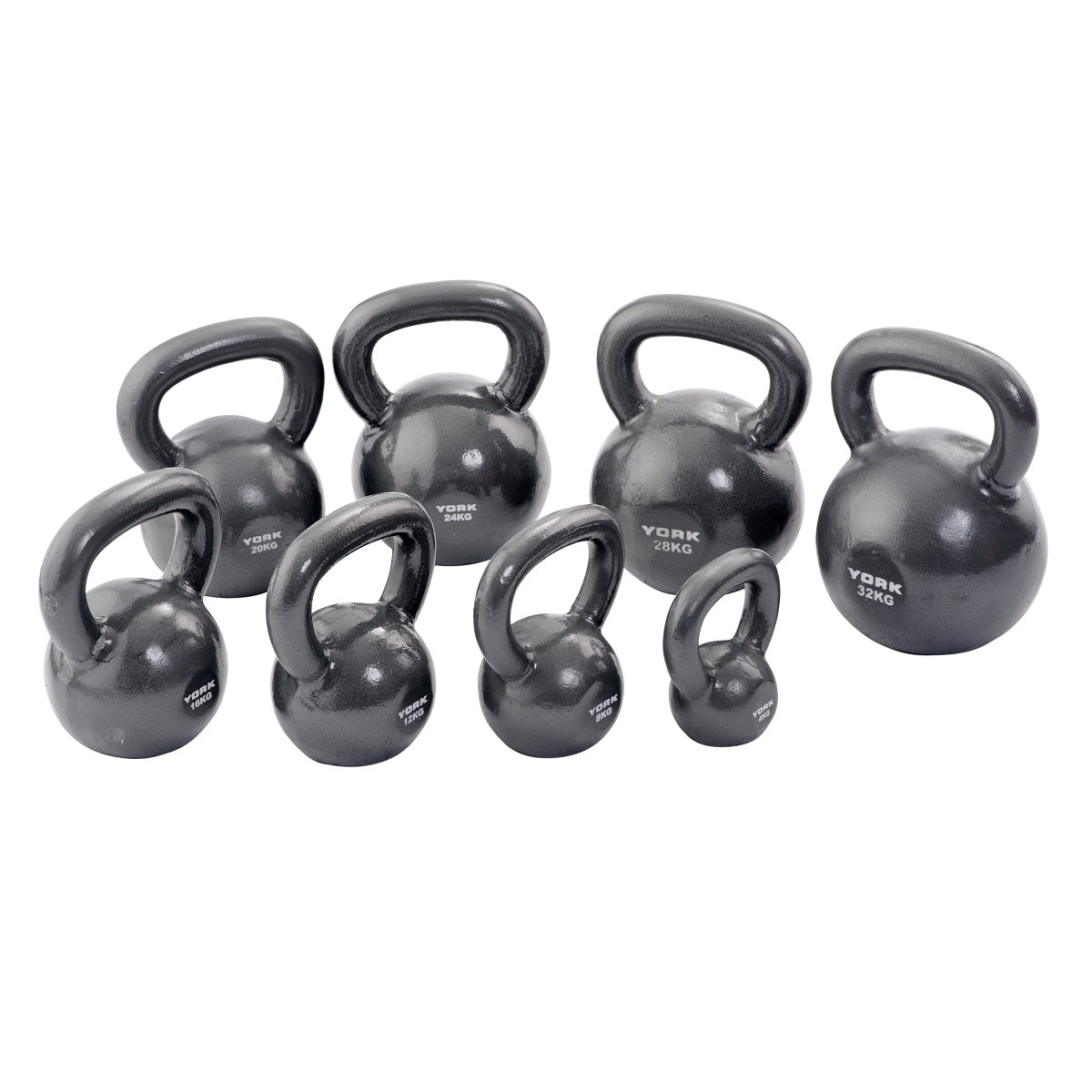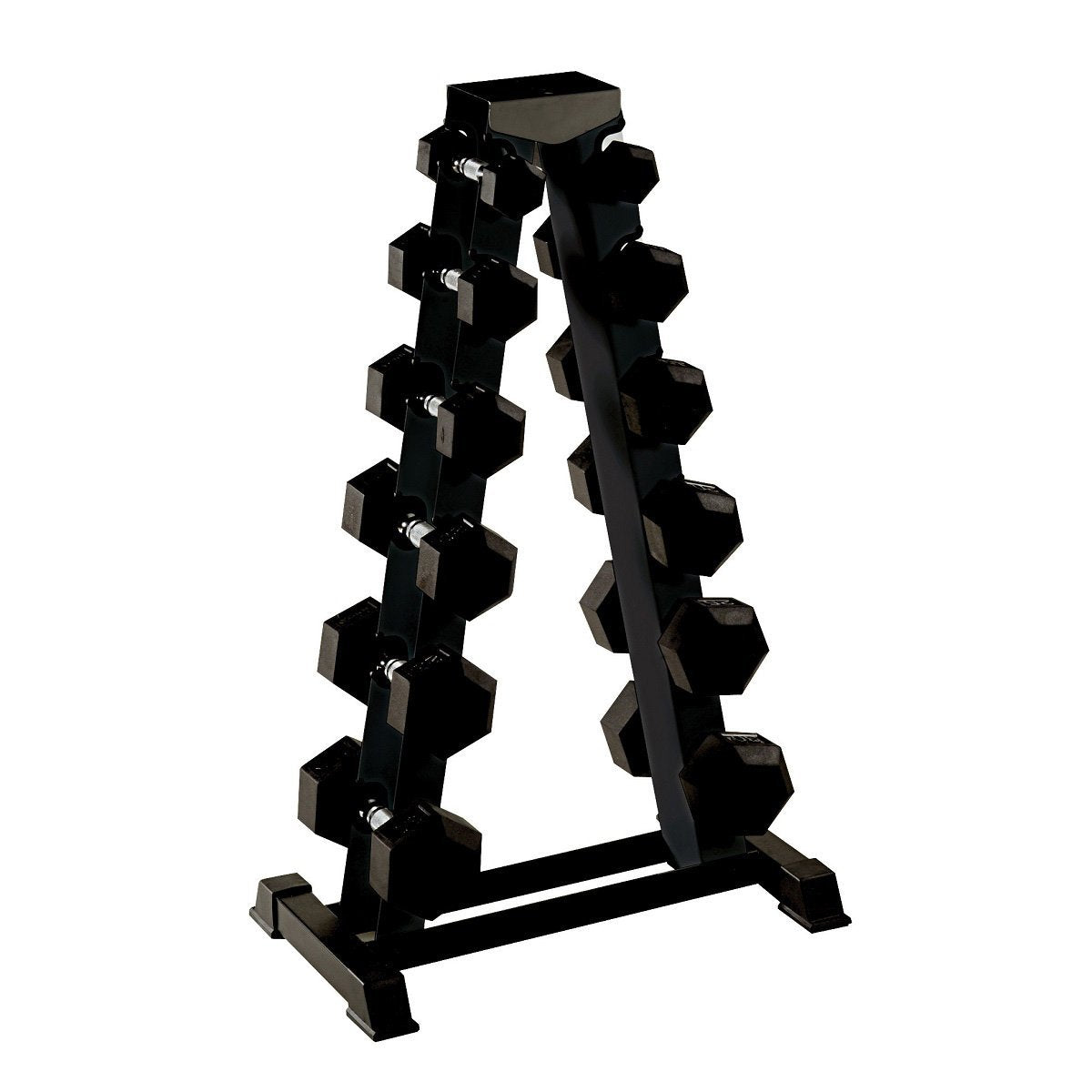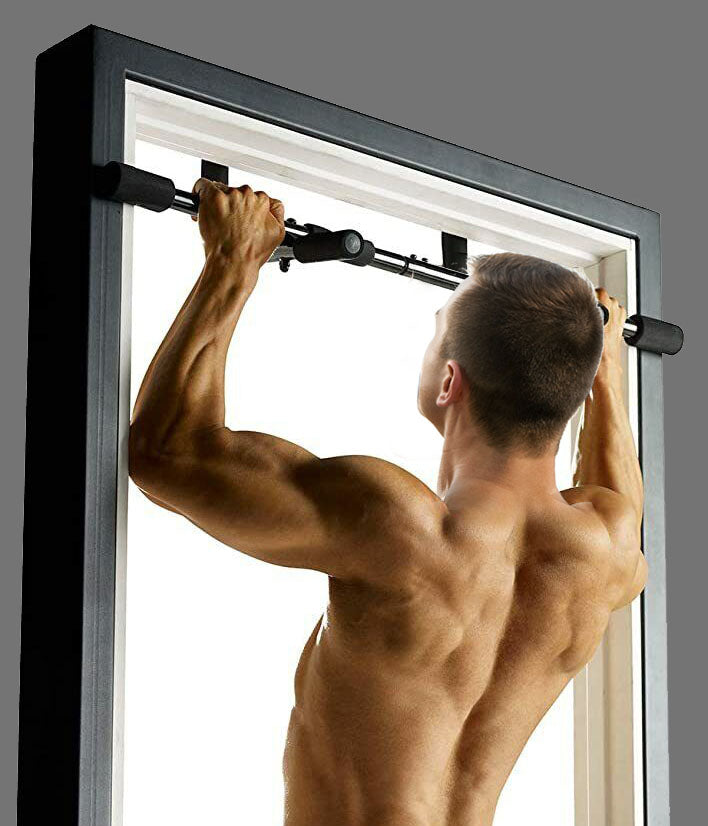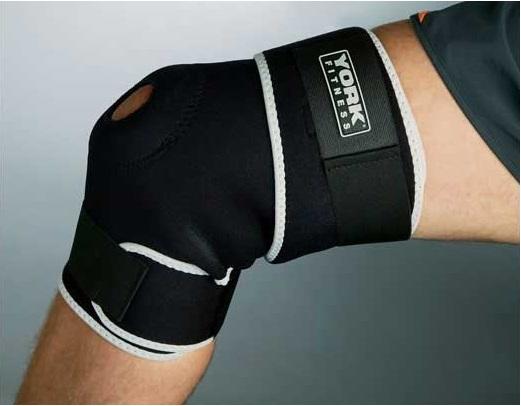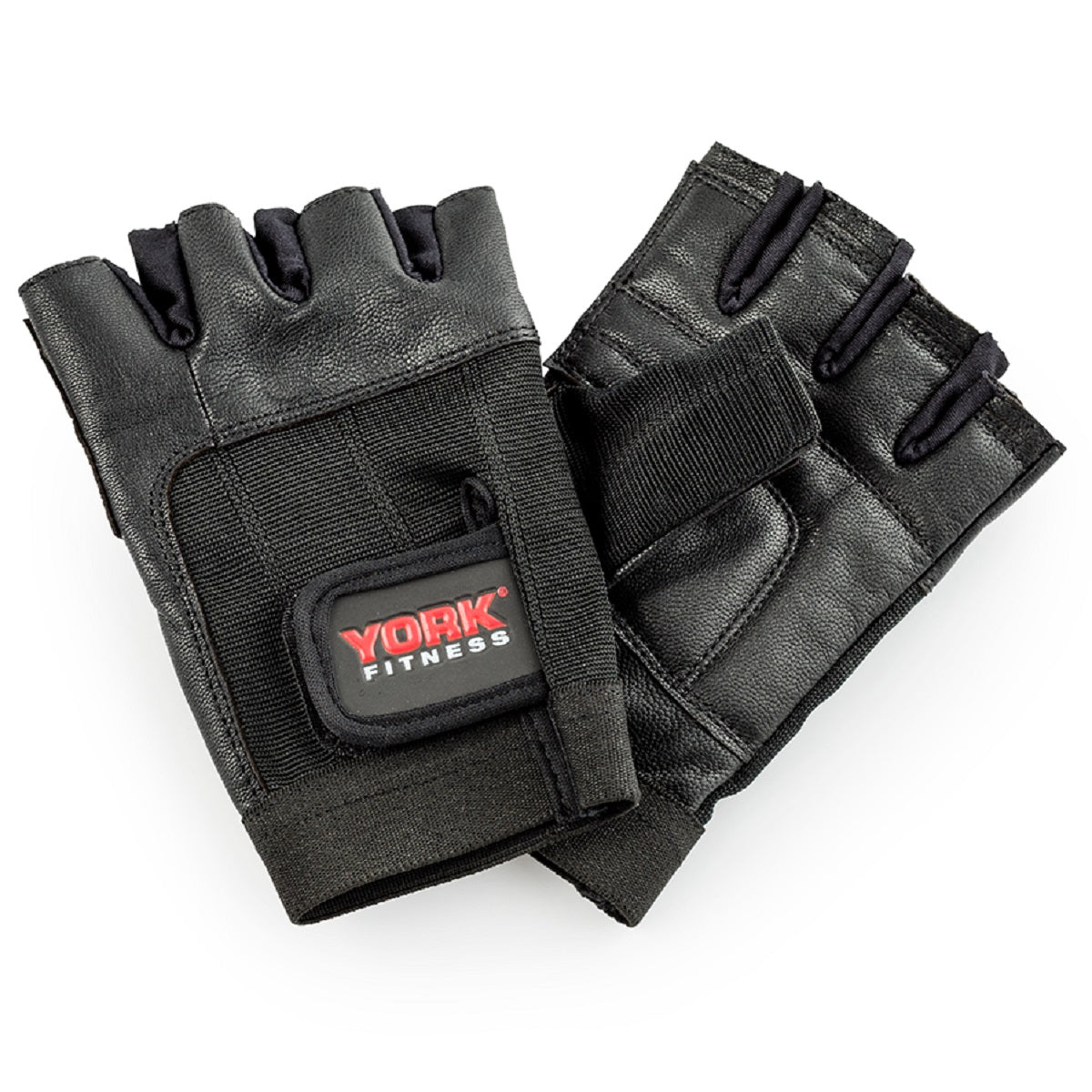A Brief History of Weightlifting & Strength Training
by Harvey Newton, May 15, 2011
Weightlifting has been a part of the Modern Olympic Games since the Games’ reintroduction in 1896. The early days reflected a number of different one- and two-arm lifts involved in the competition, but from 1928 on the Games settled into what became known as the “Olympic” lifts, the press, the snatch, and the clean-and-jerk, all performed with two hands.
Often referred to, especially in English-speaking countries, as “Olympic weightlifting” or “Olympic lifting,” it is this strongly rooted practice of testing one’s strength and muscular prowess that has created the huge fitness market prevalent throughout the world today.
Weightlifting
The press was generally considered a pure strength lift, especially in the early days when it was performed in the military (thus, military press) position of attention. By 1972, due to loosening of the technical rules for this lift, the press had evolved to a much different performance. For several reasons, not the least of which was political, this popular lift was eliminated from the competition format.
In its early days of weightlifting the snatch was often considered a secondary lift, one in which specialists excelled, but the winner often did not shine. Lifting the bar from the platform to an overhead position in one quick, explosive manner favored an athletic competitor, one that could split or squat into a low receiving position.
The final lift, the clean-and-jerk, saw the most weight lifted in a combined, two-part action of first raising the barbell to the shoulders, then after a brief rest explosively driving the weight to arms’ length with a combined arm and leg action.
The sport has continued to evolve into the 21st Century. Body weight classes have been adjusted throughout the ages. By the mid-1980's female weightlifting contests were officially sanctioned by the International Weightlifting Federation, with the first women’s Olympic gold medal awarded in 2000.
Weightlifting proves to be a very popular sport at the Olympic Games, even as its overall practice around the world seems to have been lost to other sports, including power-lifting, bodybuilding, strongman competitions, and many other non-strength/power sports. Novice spectators are fascinated by watching lifters of all sizes and shapes elevate weights often well in excess of double body weight overhead in less than one second.
Strength Training
In the United States during the late 1950's a relatively new practice of strength training began. Strength training is the use of external resistance training methods for the expressed purpose of improving athletic performance in sports not normally associated with weight training (and certainly not weightlifting).
This practice began primarily with American football. True, there had been many individuals throughout sports’ history who used external loads to improve their sporting results, but popular opinion of the times was that “lifting weights makes you muscle-bound (slow, uncoordinated, inflexible, etc.).
A noted contrarian was top amateur golfer Frank Stranahan. Even in the 1950s and early 1960s, Stranahan was known to travel the golf circuit with his YORK Olympic Standard Barbell in tow, so he wouldn’t miss workouts during the week. With a clean-and-jerk of over 300lbs and squat and deadlift performance exceeding 400lbs and 500lbs respectively, Stranahan was a true pioneer, way ahead of his time.
Even today, some sports resist the notion that the use of high-intensity training (heavy weights) is really what is needed in order to improve muscular fitness. While most sports embrace what is popularly referred to as strength training, in fact, this is resistance training. Simply stated, the intensity used is insufficient to provide much of a strength stimulus.
The whole reason strength training got its start is that coaches willing to improve muscular performance through the use of “the Olympic Three” saw their players get stronger and faster. As an aside, injury rates, especially in a heavy contact sport like American football, were greatly reduced, thus allowing for more effective time in training and competition.
Training Today
A weightlifting exercise such as the overhead squat, a simple warm-up move for competitive types, is now popular with physical therapists, personal trainers, and strength coaches. The use of the snatch and clean-and-jerk, whether as full competitive lifts or in their abbreviated forms (power snatch, power clean, power jerk), is commonplace for anyone looking for improved athletic performance.
Even athletes that will never set foot on a competitive weightlifting platform know to use abbreviated strength/power exercises, such a snatch- or clean pulls, to maximize their efforts on the field or court. The following chart, comparing power output (watts) of weightlifting vs. power-lifting, strongly reflects the notion of “what is old is new again.”
| Power Lifting Exercise | Power Output (W) 100 KG Male | Power Output (W) 75 KG Female |
| Bench Press | 300 Watts | |
| Squat | 1100 Watts | |
| Deadlift | 1100 Watts |
| Weightlifting Exercise | Power Output (W) 100 KG Male | Power Output (W) 75 KG Female |
| Squat Snatch | 3000 Watts | 1750 Watts |
| 2nd Pull | 5500 Watts | 2900 Watts |
| Clean | 2950 Watts | 1750 Watts |
| Jerk | 5400 Watts | 2600 Watts |
The Future
Who could have guessed we would be where we are today in terms of the fitness industry? Fifty years ago one’s daily physical activities left little time, interest, or energy for sports or physical training. Now, with less walking, lifting, and general physical activity, we must turn to deliberate fitness efforts to fight off the by-products of an inactive lifestyle.
An industry leader such as YORK Barbell Company, the brainchild of entrepreneur Bob Hoffman, created the wave of popular acceptance of resistance training we see today. Hoffman’s YORK was ahead of its time, yet the company remains a leader in the industry today.
John Fair, PhD, noted Iron Game historian and author of Muscletown USA: Bob Hoffman and the Manly Culture of York Barbell, points out the meteoric rise of “lifting weights” actually came from the rehabilitation process of wounded servicemen in World War II. From this came the popularity of bodybuilding, the growth of powerlifting, and the advent of strength training for sports.
The burgeoning growth of weight training for myriad outcomes was a hard-fought battle. Initially, popular acceptance of exercise came almost exclusively to those activities that were “aerobic” in nature. Training the heart and lungs is a fine goal, and can do wonders for weight control and/or fat loss. But the Baby Boomer generation has been quick to point out that jogging, swimming, cycling, and the like do little to halt the loss of lean body mass (read, muscular development) that is a by-product of the aging process.
The scientific reality is, one must engage in all forms of physical fitness (energy system, muscular system, flexibility, and body composition) in order to gain total physical fitness. And weightlifting, weight training, or strength training is a key part of this recipe.
Sources:
The Iron Game, by David Webster, 1976, published by the International Weightlifting Federation.
Muscletown USA: Bob Hoffman and the Manly Culture of York Barbell, John Fair, 1999, Pennsylvania State University Press.
USA Weightlifting’s Level I Sports Performance Coaching Course Manual, USA Weightlifting, 2010.






